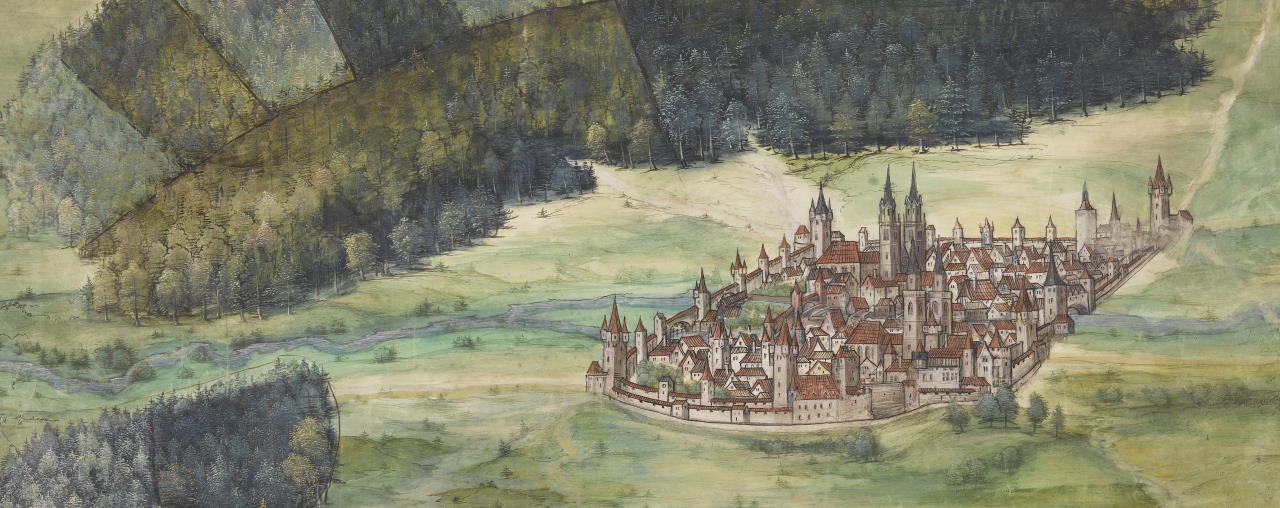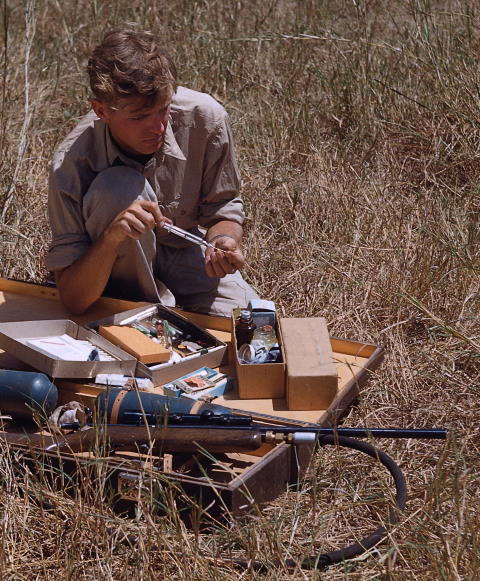The Project
German History Intersections is a source-based digital project that examines three broad topics – migration, knowledge and education, and Germanness – from 1500 to the present. By charting these topics across centuries, the project offers an alternative to traditional histories that focus on discrete historical periods.
The Topics

Migration
Drawing on the personal stories of individuals and the collective experiences of migrant groups, this module examines the movement of people across and within the shifting borders of Central Europe from the Early Modern period to the present.
Knowledge and Education
Education, ideas, and the history of knowledge are the focus of this module, which explores the construction, negotiation, circulation, and organization of various types of “expert” and popular knowledge in Germany over five centuries, from the Reformation to the Digital Age.
Germanness
This module describes the complex and ever-changing meaning of Germanness from the Holy Roman Empire to present-day Europe. One central theme is the intersection of Germanness with other markers of identity, such as gender, ethnicity, religion, and social class.The tranquilizer gun that Michael Grzimek used while filming the documentary Serengeti Shall Not Die shows how users change technology by introducing new practices that expand, or even subvert, the original intentions of inventors – driving home a point that historians of technology have made time and again in recent years. I chose to include this photograph in the project because it shows a complete reinterpretation of the tranquilizer gun. Grzimek’s modifications turned a device originally intended for hunting and killing into an instrument for protection and conservation – he stunned wild animals not to kill them, but to mark them and give them veterinary care.
Christopher Neumaier, Leibniz Center for Contemporary History, Potsdam, and Helmut Schmidt University, member of the “Knowledge and Education” working group
